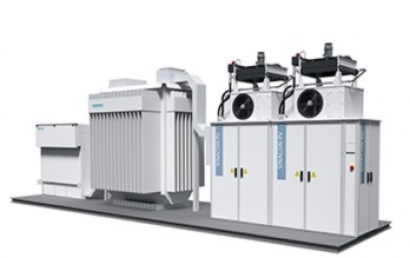
The deliverables include inverters, power- and distribution transformers, gas-insulated medium-voltage switchgear, circuit-breakers, and a monitoring and control system. All transformers are to be delivered as Sensformer with digital interface.
The overall project constitutes an "Electrical Balance of Plant" solution, and involves a number of Siemens units, headed by Medium Voltage and Systems. The solution includes all the electrical engineering components needed to equip a photovoltaic plant.
"The customer received our competent support in the bidding phase and will get a very competitive solution," said Stephan May, CEO of the Medium Voltage and Systems Business Unit. "We are proud to be able to offer the best solution that will play a vital role in supporting the energy transformation in Vietnam."
The project, in the southern province of Ninh Tuan, will take shape by mid-2019. Solar panels will generate a combined DC voltage of 1,500 V. Inverters will convert the DC to 660 V AC, and transformers will first step this up to 33 kV and finally to 220 kV. This will then be fed into the high-voltage grid and the power distributed around the country.
The components needed up to the 33 kV level are designed as a "plug-and-play MV station", and can therefore be installed as a standalone unit without major construction cost. The project will deliver up to 425 GWh per year. This is enough to supply approximately 200,000 households with electricity and saves around 250,000 tons of CO2.
Trung Nam Group is an investment company for the energy, infrastructure and real estate sectors.
"Vietnam's need for energy is rapidly growing. To cover this demand, we must increase the share of renewables, among other things. The government is aiming at developing 18 gigawatts of generating capacity by 2030. Siemens is supporting us with our solar project so we can reach the government targets for developing renewable energy in Vietnam, "said Nguyen Tam Tien, General Director at Trung Nam Group.
The four power transformers used in the Trung Nam project are to be delivered as Sensformers. As transformers are placed at critical nodes of the power grid, they are perfect sensors for grid conditions containing full information on energy flow. This new transformer class merges physics and information and equips transformers with a digital interface. This allows the operator to view its data in real-time – turning transformers into information hubs.

